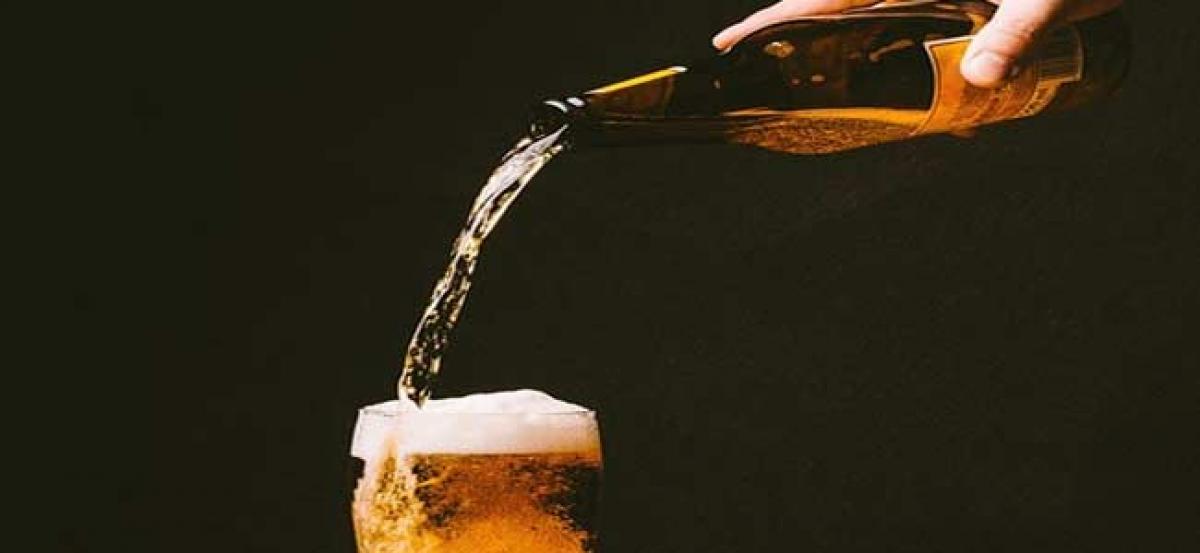Live
- Guinness World Record for continuous Hanuman Chalisa chanting
- REMOTE TRIBAL AREA TO GET NEW BRIDGE
- Dr LB College, Woxsen teams win in Climate Tank Accelerator event
- CM Revanth petitions for change in Paleru rly line
- Udupi MP seeks more key highways on top priority
- New diet plan rolled out at welfare hostels
- HRF demands for nation-wide caste census
- SP launches Medicover family health card
- Chiranjeevi Visits Allu Arjun for Lunch Amid Ongoing Legal Turmoil
- Covid ‘scam’ FIR row: Congress pursuing politics of vengeance, says BJP
Just In

Labeling alcoholic drinks - such as wines and beers - as lower in strength could encourage people to drink more, finds a study.
Washington D.C.: Labeling alcoholic drinks - such as wines and beers - as lower in strength could encourage people to drink more, finds a study.
The study was carried out by the University of Cambridge in collaboration with the London South Bank University.
Alcohol is the fifth leading cause of disease and premature death globally. Reducing consumption of alcohol is a public health priority in many countries.
"For lower strength alcohol products to reduce consumption, consumers will need to select them in place of equal volumes of higher strength products," says Dr Milica Vasiljevic from the University of Cambridge. "But what if the lower strength products enable people to feel they can consume more?"
In this study, two-hundred and sixty-four weekly wine and beer drinkers - sampled from a representative panel of the general population of England - were randomised to one of three groups to taste test drinks in a laboratory designed to mimic a bar environment.
The drinks varied only in the label displayed. In one group participants taste-tested drinks labelled 'Super Low' and '4%ABV' for wine or '1%ABV' for beer. In another group the drinks were labelled 'Low' and '8%ABV' for wine or '3%ABV' for beer.
In the final group participants taste-tested drinks labelled with no verbal descriptors of strength, but displaying the average strength on the market - wine ('12.9%ABV') or beer ('4.2%ABV').
The results showed the total amount of drink consumed increased as the label on the drink denoted successively lower alcohol strength. The mean consumption of drinks labelled 'Super Low' was 214ml, compared with 177ml for regular (unlabelled) drinks. Individual differences in drinking patterns and socio-demographic indicators did not affect these results.
"Labelling lower strength alcohol may sound like a good idea if it encourages people to switch drinks, but our study suggests it may paradoxically encourage people to drink more," says Professor Theresa Marteau, senior author.
The study has been published in the journal Health Psychology.

© 2024 Hyderabad Media House Limited/The Hans India. All rights reserved. Powered by hocalwire.com







